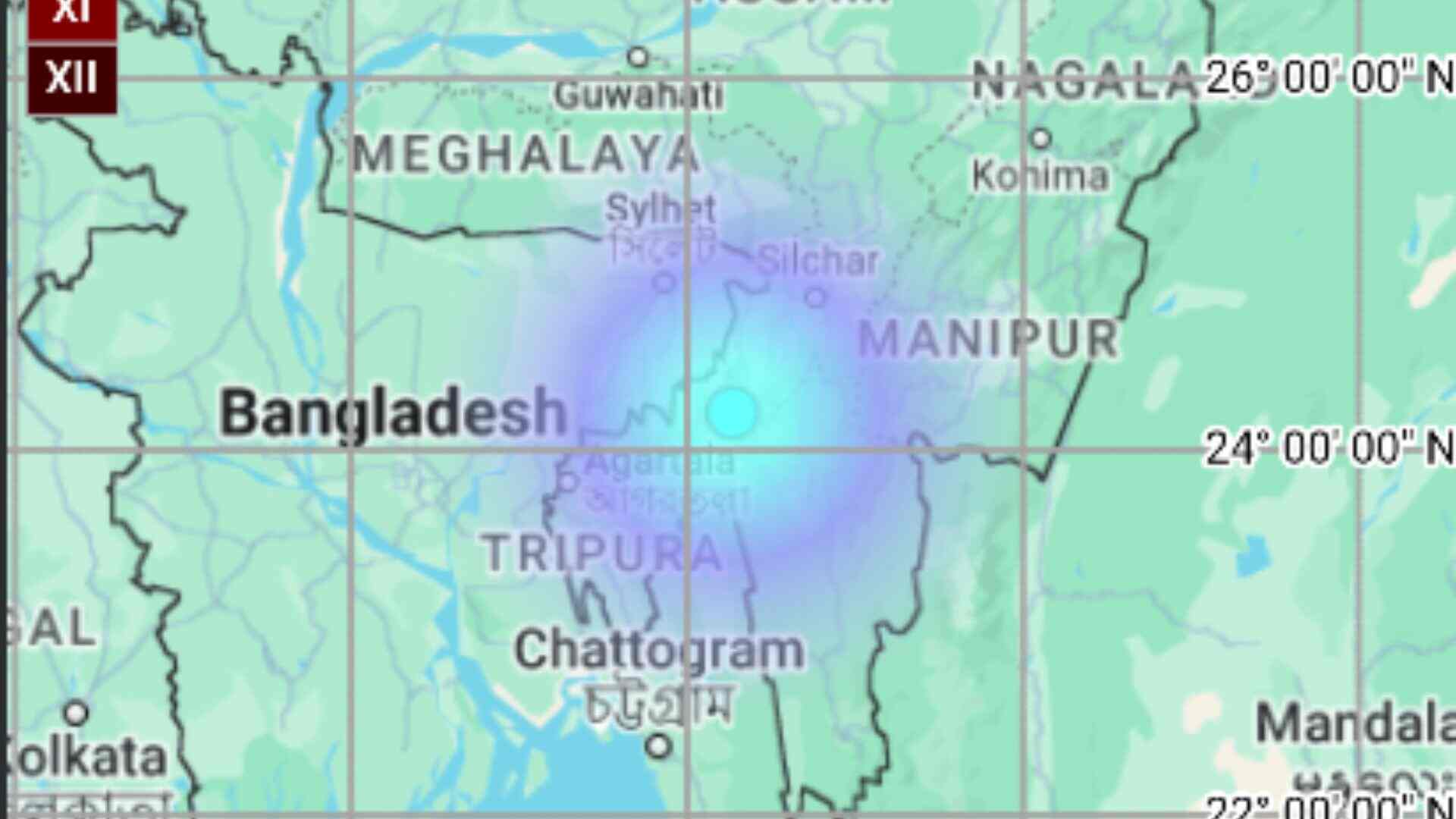Punjab’s Malwa region witnessed the release of water from the Sirhind feeder on Thursday, marking the end of a more than a month-long closure of the canal. The closure, initiated on March 15 for canal relining work, had raised hopes among farmers. However, the quality of the released water has stirred concerns due to its muddy appearance.
The Sirhind Canal, originating from Rupnagar in Punjab, serves as a vital lifeline for the region. As it passes through Ludhiana, it branches into three main channels – Abohar, Patiala, and Bathinda – further dividing into sub-canals to irrigate a vast area of the Malwa region. The southwest Malwa, encompassing districts like Bathinda, Muktsar, Mansa, and Fazilka, relies heavily on canal water as the local groundwater is unsuitable for consumption due to high salinity levels.
Sukhmander Singh, president of BKU Rajewal’s Fazilka district unit, commented on the water’s brackish nature, attributing it to reduced oxygen levels from stored reservoir water. He also raised concerns about potential effluent contamination.The Punjab irrigation department had planned a relining project covering a 14-km stretch of the Sirhind feeder from Gurdittawala to Faridkot. However, sources revealed that only 4 km of the relining work was completed within the stipulated time.
Darshan Singh Giddranwali, another BKU Rajewal leader, highlighted the annual maintenance closure of Rajasthan and Gang canals in Rajasthan, sourcing water from Harrike headworks of Ferozepur. He expressed worries over the initial supply of polluted water to Punjab farmers.
Videos circulating on social media have also spotlighted discolored water from the Buddha Nallah flowing into the River Sutlej. This water eventually reaches the Harrike headworks, supplying water to the Malwa region and parts of Rajasthan. Rajay Swami, a BJP leader from Rajasthan’s Ganganagar, pointed out ongoing concerns raised by the Rajasthan government about polluted water entering their canals.
Abohar MLA Sandeep Jakhar acknowledged the recurring issue of brackish water and criticized the department’s neglect in cleaning the silt deposits in the canals. He emphasized the risks associated with silt, including reduced canal capacity and potential breaches during the monsoon season.
Sukhjeet Singh, executive engineer of the irrigation department at Abohar, assured that he would investigate the water quality issue following complaints. Meanwhile, Manvinder Singh, executive engineer of the water supply and sanitation department, acknowledged the annual occurrence of brackish water post-canal closure but clarified that this water is not used for drinking purposes, awaiting its natural purification over 1-2 days.















